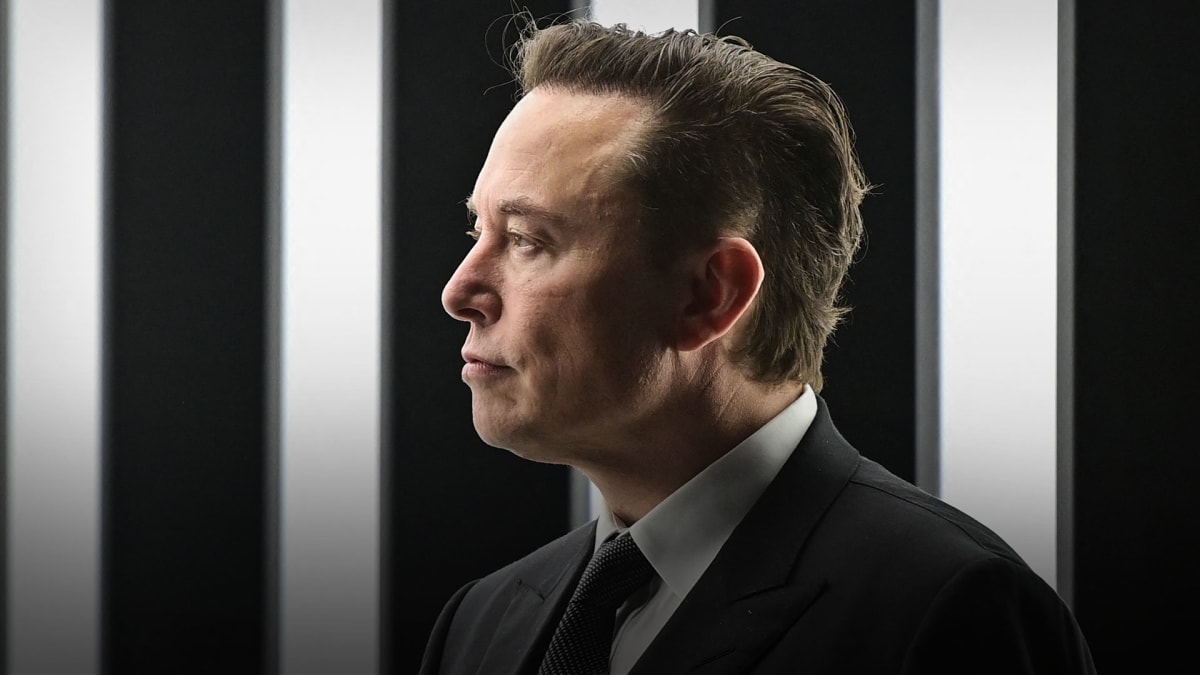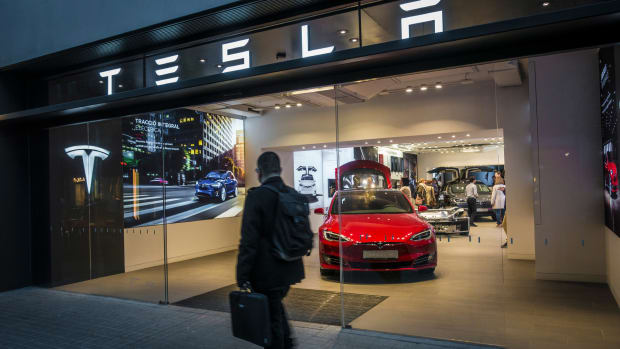
Hold on to that steering wheel.
Tesla (TSLA) is putting the brakes on the installation of its Full Self-Driving beta software in the U.S. and Canada just days ahead of the electric vehicle maker's March 1 investor day event.
DON'T MISS: Tesla Stock Has Doubled Off the 2023 Low. Is It Still a Buy?
“Until the software version containing the fix is available, we have paused the rollout of FSD Beta to all who have opted-in, but have not yet received a software version containing FSD Beta,” it said in an statement.
The National Highway Transportation Safety Administration said on Feb. 15 that the company would have to recall more than 360,000 of its cars due to risks associated with its self-driving software.
NHTSA said the Tesla software allows a vehicle to "exceed speed limits or travel through intersections in an unlawful or unpredictable manner increases the risk of a crash."
"The feature could potentially infringe upon local traffic laws or customs while executing certain driving maneuvers," the agency said in a statement. "The system may respond insufficiently to changes in posted speed limits or not adequately account for the driver's adjustment of the vehicle's speed to exceed posted speed limits."

Shutterstock
Musk Says Recall Description 'Just Flat Wrong'
As part of FSD Beta’s general design, Tesla said “the feature provides visual and audible warnings in certain circumstances to alert the driver to his constant supervisory responsibility.”
“The driver is responsible for operation of the vehicle whenever the feature is engaged and must constantly supervise the feature and intervene (e.g., steer, brake or accelerate) as needed to maintain safe operation of the vehicle,” the automaker said in a support page.
CEO Elon Musk has made no secret of his disdain for the word “recall” to described an over-the-air software update, having tweeted that it is “anachronistic and just flat wrong!”
Tesla vehicles come standard with a driver-assistance system the company calls Autopilot. The advanced driver assistance system costs an additional $15,000.
NHTSA has been investigating how Tesla's driver-assistance system behaves at accident scenes where emergency services have intervened.
On Feb. 18, a Tesla car slammed into a fire truck near Walnut Creek, Calif. as firefighters were attending to a previous accident.
The Tesla driver was pronounced dead at the scene, while a Tesla passenger and four firefighters were taken to the hospital.
Investor Day Expectations
Meanwhile, Tesla's investor day is scheduled for March 1 at Tesla’s Austin, Texas Gigafactory.
Among other things, Musk is likely to reveal whether the latest Cybertruck prototypes, seen in several recent social media videos, are those that have been slated for mass production, scheduled to start later this year.
Musk has said that the Cybertruck will come with Tesla's "Hardware 4" full-self-driving computer, the company's advanced driver-assistance system. The main difference between Hardware 3 and Hardware 4 is in security, Musk told analysts on Jan. 25.
The company said in a January press release that investors “will be able to see our most advanced production line as well as discuss long term expansion plans, generation 3 platform, capital allocation and other subjects with our leadership team.”
Wells Fargo analyst Colin Langan on Feb. 24 raised the firm's price target on Tesla to $190 from $150, while keeping an equal weight rating on the shares.
Langan said that expectations are high ahead of Investor Day and sees focus being on delivery growth, also noting that Tesla needs its "next catalyst," which is likely a $30,000 third-generation vehicle.
The firm's price target boost reflected higher mid-term growth expectations driven by the potential lower priced Gen 3 model.







